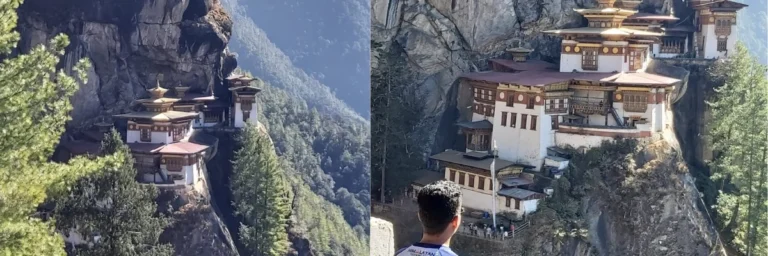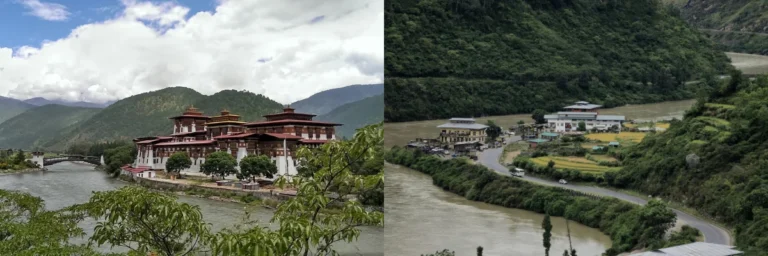
Introduction
The Everest Base Camp Trek, a legendary journey that retraces the footsteps of Sir Edmund Hillary and Tenzing Norgay. But the question regarding the duration of the Everest Base Camp Trek has always been on the travelers willing to head to the base of the world’s highest peak remains throughout. Still it has been able to captivate the hearts of adventure seekers from around the globe. With its breathtaking landscapes and rich cultural encounters, this trek offers an unparalleled experience in the lap of the world’s highest mountain.
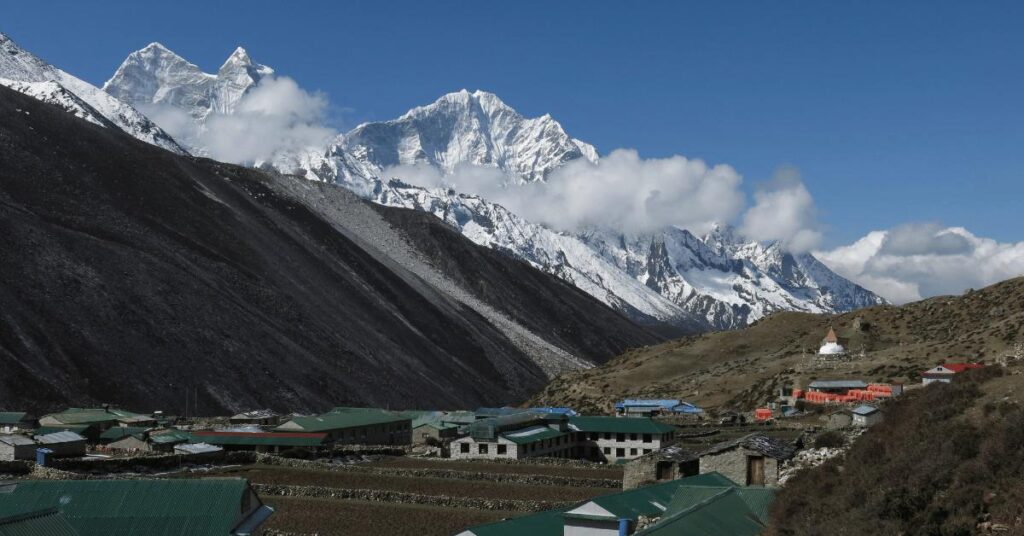
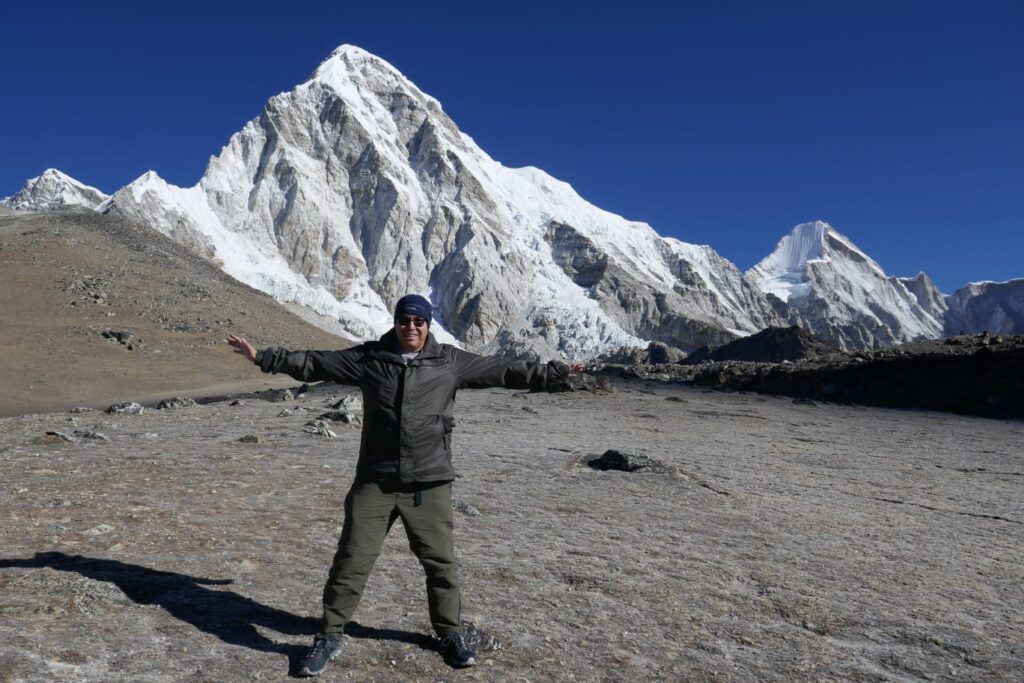
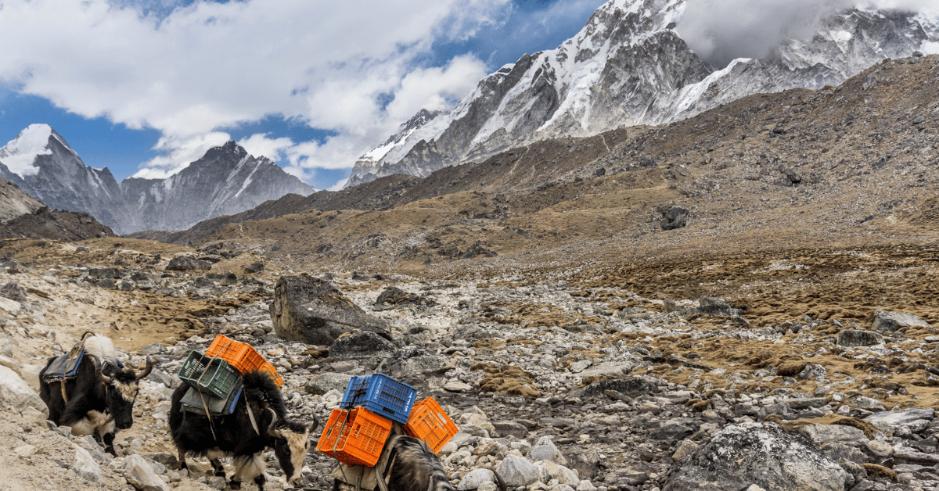
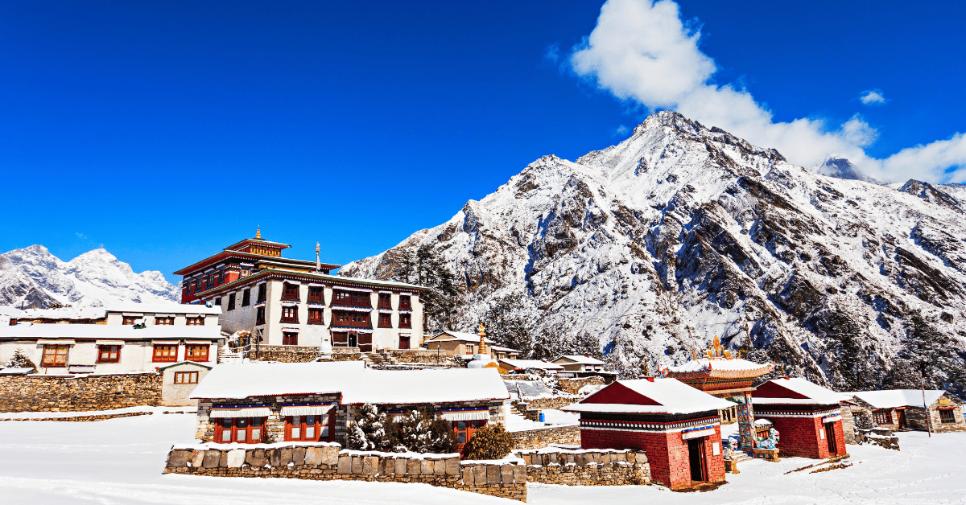
In this article, we will delve into the myriad factors that influence the duration of the Everest Base Camp Trek. Whether you are an aspiring trekker planning your first adventure or a seasoned traveler seeking to revisit this iconic trail, our insights and tips will equip you with the knowledge to plan and prepare for your own unforgettable journey to the Everest Base Camp.
Table of Contents
The Everest Base Camp Trek
The Everest Base Camp Trek is an exhilarating journey that takes you through breathtaking landscapes and iconic landmarks, offering an unforgettable experience for adventure enthusiasts. Below is a detailed breakdown of the trek itinerary, highlighting the major landmarks along the way where you might get a gist of the total duration of the Everest Base Camp Trek:
Trek Itinerary
- Kathmandu to Lukla: Your journey begins with an awe-inspiring flight from Kathmandu to Lukla, providing a glimpse of the stunning Himalayan peaks.
- Lukla to Phakding (Altitude: 2,610m): The trek commences with a scenic trail leading to Phakding, offering picturesque views of the Dudh Koshi River and lush forests.
- Phakding to Namche Bazaar (Altitude: 3,440m): As you ascend towards Namche Bazaar, you’ll encounter suspension bridges and captivating glimpses of Mount Everest.
- Acclimatization Day at Namche Bazaar: This rest day allows for acclimatization and exploration of the vibrant Sherpa culture in Namche Bazaar.
- Namche Bazaar to Tengboche (Altitude: 3,870m): The trail to Tengboche presents stunning vistas of Ama Dablam and the opportunity to visit the renowned Tengboche Monastery.
- Tengboche to Dingboche (Altitude: 4,360m): Continuing your ascent, you’ll pass through rhododendron forests and traverse the Imja River on your way to Dingboche.
- Acclimatization Day at Dingboche: Another essential acclimatization day to prepare for higher altitudes and soak in the panoramic views of the surrounding peaks.
- Dingboche to Lobuche (Altitude: 4,940m): The trail unfolds amidst stunning mountain scenery as you make your way towards Lobuche, nestled in the Khumbu region.
- Lobuche to Gorak Shep (Altitude: 5,170m) and Everest Base Camp (Altitude: 5,364m): This challenging yet rewarding leg of the journey culminates in reaching the Everest Base Camp, offering an up-close encounter with the world’s highest peak.
- Gorak Shep to Kala Patthar (Altitude: 5,545m) and Pheriche (Altitude: 4,371m): Ascend Kala Patthar for an unparalleled sunrise view over Mount Everest before descending to Pheriche.
Start this remarkable adventure as you traverse through diverse terrains and submerge yourself in the inspiring natural beauty that defines the Everest Base Camp Trek.
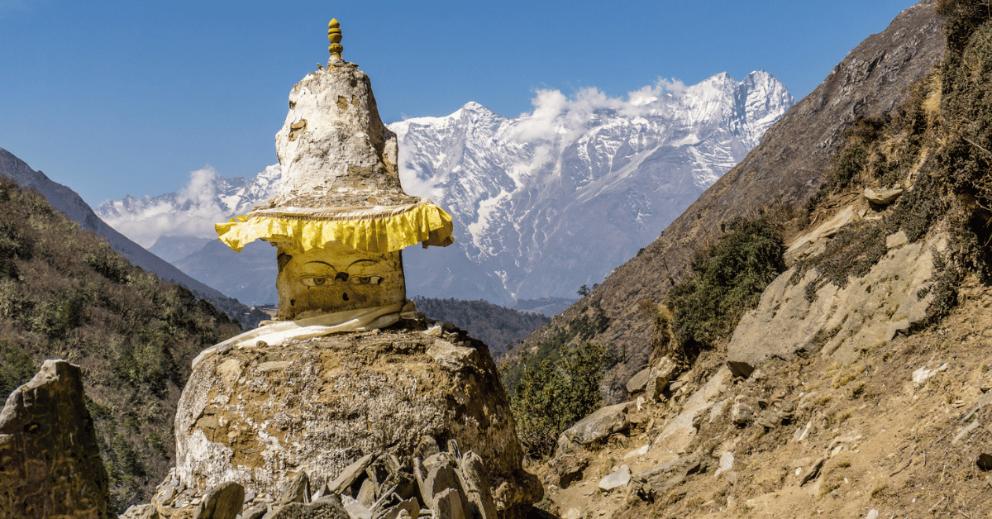
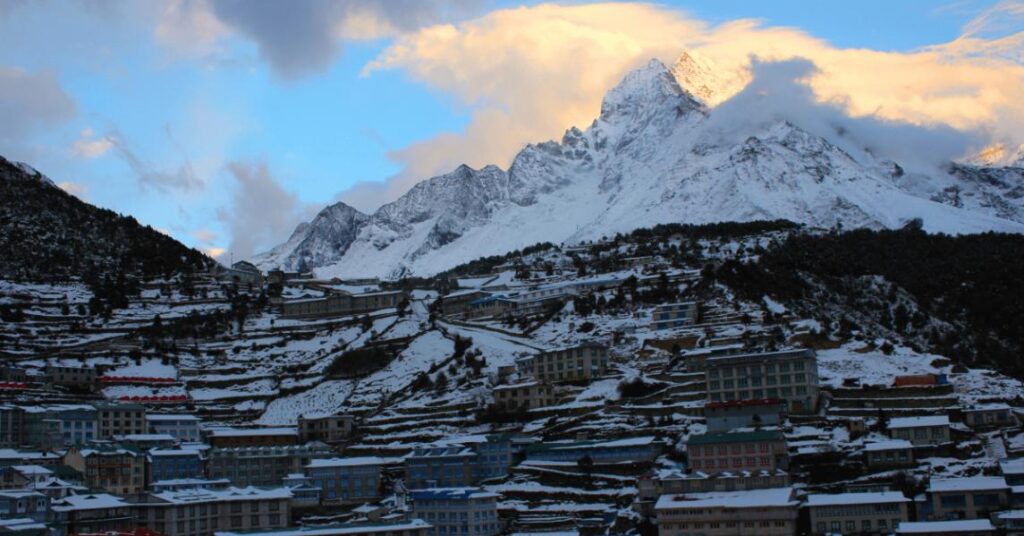
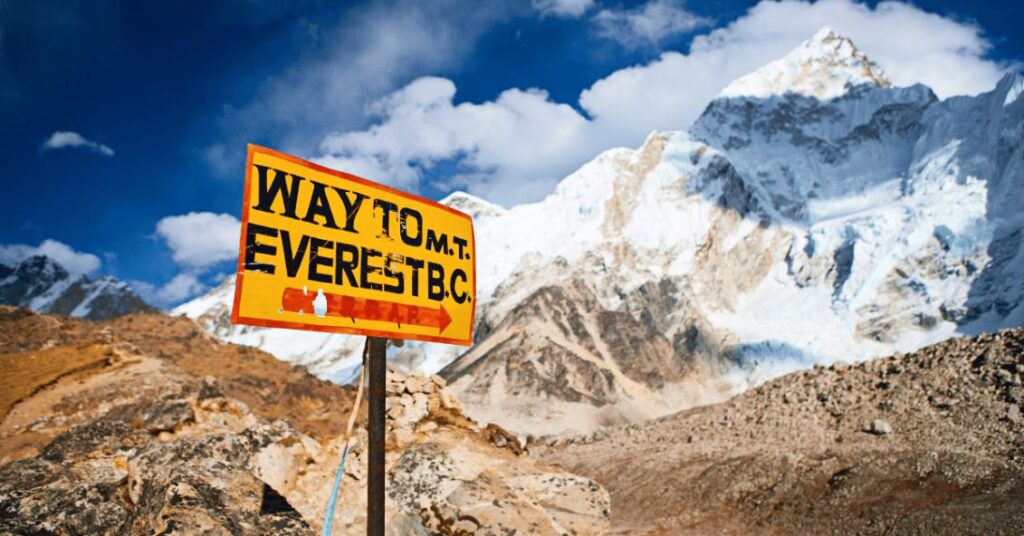
Altitude Acclimatization and Trekking Pace
Mount Everest, located in Sagarmatha National Park, is the highest peak in the world and serves as the ultimate destination for trekkers from around the globe. The Everest Base Camp Trek begins at Lukla, a small village accessible by a thrilling flight from Kathmandu. From there, trekkers head on a journey that takes them through beautiful villages such as Phakding, Namche Bazaar, Tengboche, Dingboche, Lobuche, Gorak Shep, Kala Patthar, and Pheriche.
Tips for Altitude Acclimatization
When trekking at high altitudes, it is supreme important that you allow your body time to adjust and acclimatize. Altitude sickness is a real risk and can be potentially life-threatening if not taken seriously. To prevent altitude sickness, it is recommended to follow these practical tips:
- Ascend gradually: It is advisable to gain an elevation of no more than 400-800 meters per day to allow your body to acclimatize properly.
- Hydrate well: Drink plenty of water throughout the trek to stay hydrated and help combat the effects of high altitude.
- Take rest days: Acclimatization days are included in the trek itinerary for a reason. Use these rest days to let your body adjust to the altitude before proceeding further.
Importance of Finding the Right Trekking Pace
Physical fitness plays a significant role in completing the Everest Base Camp Trek within a reasonable time frame. The fitter you are, the better your chances of enjoying a successful journey. The total duration of the Everest Base Camp Trek also is directly proportional to how fit one is. Prioritize cardiovascular exercises and strength training to prepare your body for the demands of trekking at high altitudes.
Finding the right pace during the trek is essential for both safety and enjoyment. Pushing yourself too hard can lead to exhaustion and increase the risk of altitude sickness. On the other hand, going too slowly may cause delays and hinder your progress. A steady pace that allows you to maintain a comfortable breathing rate is recommended. Listen to your body and adjust your pace accordingly.
By understanding the importance of altitude acclimatization and finding the right trekking pace, you can ensure a safe and enjoyable journey to Everest Base Camp. Take the time to prepare physically, mentally, and emotionally for this incredible adventure, and remember to respect the natural beauty of Sagarmatha National Park as you begin this life-changing experience.
Influence of External Factors on Duration of the Everest Base Camp Trek
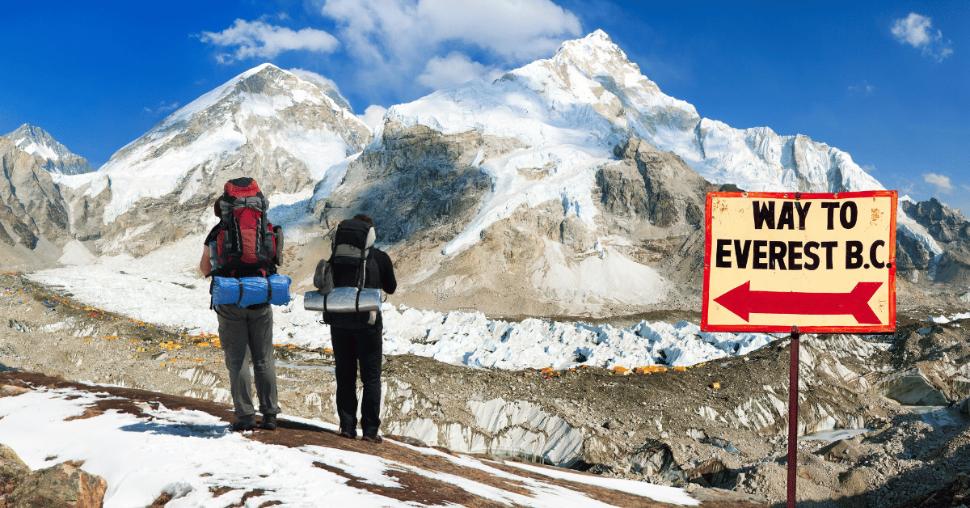
When planning for the Everest Base Camp Trek, it’s important to consider the influence of external factors that can impact the total duration of the Everest Base Camp Trek. These factors include unforeseen circumstances, weather conditions, and the chosen trekking route. By understanding these influences, you can better prepare for your trek and ensure a successful and enjoyable experience.
Unforeseen Circumstances
While it’s impossible to predict all possible unforeseen events, being aware of potential challenges can help you be better prepared and also get you a gist of the total duration of the Everest Base Camp Trek. Some common unforeseen circumstances that can affect the duration of the trek include:
- Flight Delays: The trek starts with a thrilling flight from Kathmandu to Lukla, which is often subject to delays due to weather conditions or other factors. These delays can result in a shorter overall trek duration if you lose a day or longer if multiple days are affected.
- Illness or Injury: It’s essential to prioritize your health and safety during the trek. If you or someone in your group falls ill or gets injured, it may be necessary to take additional rest days or even evacuate from higher altitudes. This could extend the duration of your trek significantly.
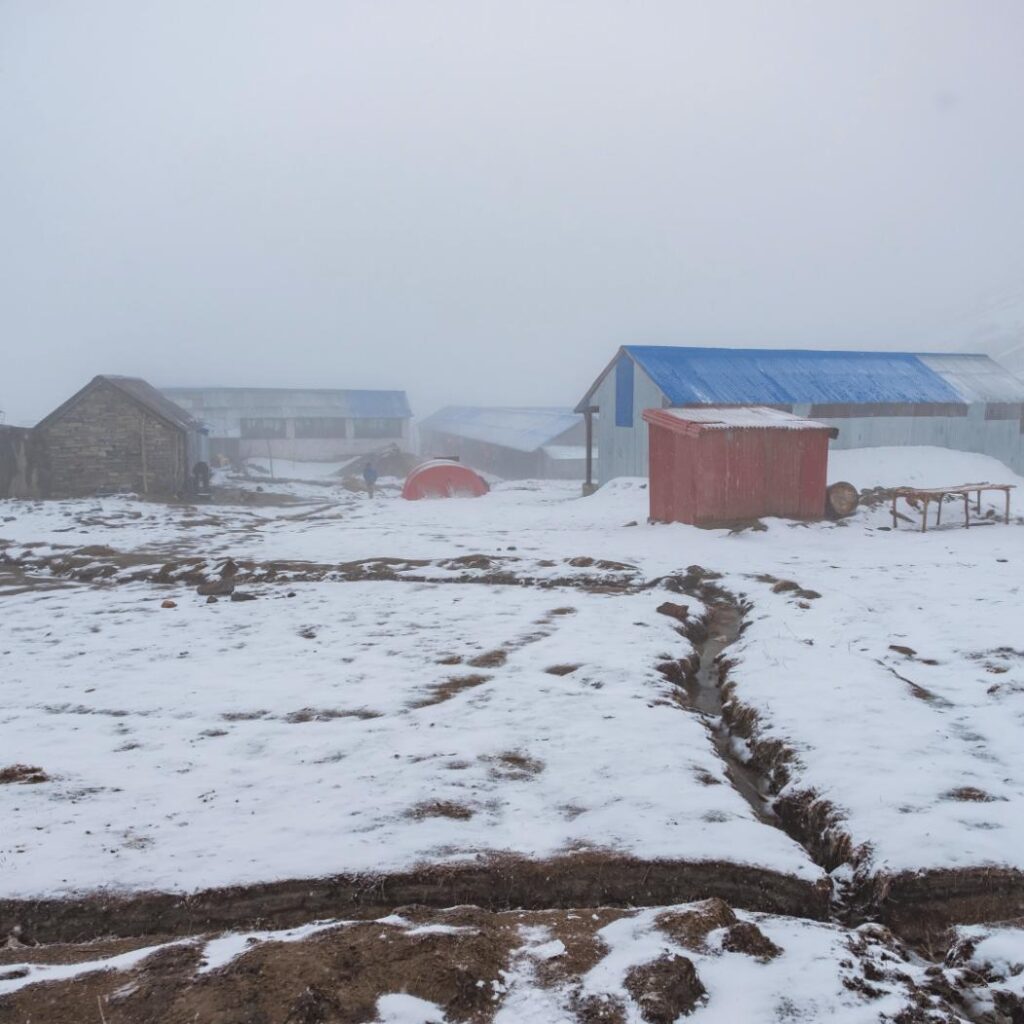
To prepare for these unforeseen circumstances, it’s advisable to add buffer days into your itinerary on the total duration of the Everest Base Camp Trek. These extra days will allow flexibility in case of unexpected events and provide opportunities for rest or acclimatization.
Weather Conditions
The weather plays a crucial role in shaping the itinerary and potential delays as with the the total duration of the Everest Base Camp Trek. The region experiences unpredictable weather patterns, especially at higher altitudes. Some weather-related factors that can impact trek duration include:
- Snowfall: During winter months (December to February), heavy snowfall can make certain sections of the trail difficult to pass through or even impassable. This may require rerouting or waiting until conditions improve.
- Monsoon Season: From June to August, Nepal experiences monsoon season, characterized by heavy rainfall. Trekking during this time can be challenging due to slippery trails and increased risk of landslides. It’s advisable to avoid trekking during monsoon season to ensure a safer and more enjoyable experience.
Considering the weather conditions is very important when planning your trek. The best trekking seasons for Everest Base Camp are generally during the spring (March to May) and autumn (September to November) when the weather is relatively stable, with clear skies and moderate temperatures. These seasons offer better visibility, making it easier to enjoy the stunning mountain views along the way. Thus, the seasonal factor also plays a vital role in determining the total duration of the Everest Base Camp Trek.
Choice of Trekking Route
The chosen trekking route can also contribute to variations in the duration of the Everest Base Camp Trek. There are different routes available, each with its own characteristics and attractions. Some routes may take longer due to their scenic detours or additional acclimatization days.
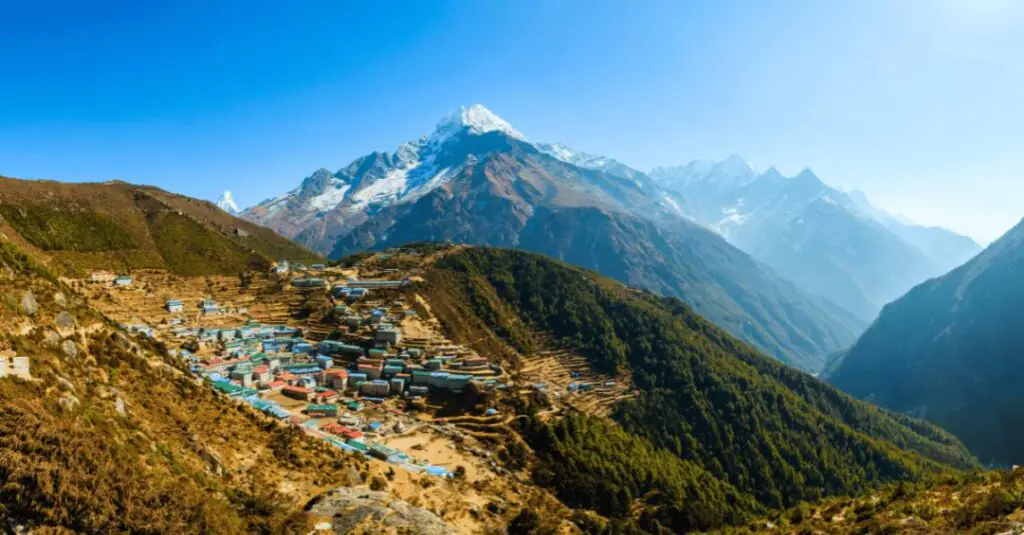
For example, the traditional route via Namche Bazaar is longer but offers more opportunities for acclimatization and exploration of Sherpa villages and monasteries. On the other hand, the Gokyo Lakes route adds extra days for a side trip to the beautiful turquoise lakes before rejoining the main trail to Everest Base Camp.
When selecting your route, consider your fitness level, preferences, and time constraints. It’s important to choose a route that aligns with your goals and allows you to fully involve yourself in the experience without feeling rushed.
By understanding these external factors and their impact on trek duration, you can plan your Everest Base Camp journey more effectively. Consider potential unforeseen circumstances, be mindful of weather conditions, choose an appropriate trekking route, and select the best season for your adventure. With proper preparation and flexibility, you’ll be well-equipped to begin this epic journey of a lifetime.
Essential Preparation and Safety Measures
When preparing for the Everest Base Camp Trek, appropriate packing and gear are crucial for ensuring your safety and comfort throughout the journey. Here are key considerations for essential preparation and safety measures:
What to Pack and Why
- Layered clothing suitable for varying temperatures and weather conditions
- Sturdy and waterproof hiking boots for traction and ankle support
- High-quality sleeping bag rated for cold temperatures
- Personal toiletries, sunscreen, and lip balm with high SPF
- First aid kit including basic medications for common ailments
Recommended Gear
- Insulated down jacket and thermal undergarments for warmth at higher altitudes
- UV-protective sunglasses to shield your eyes from intense sunlight
- Trekking poles for stability and reducing strain on knees during descents
- Headlamp or flashlight with extra batteries for navigating in low-light conditions
Special Equipment for High-Altitude Conditions
- Portable altitude chamber (PAC) as a precautionary measure against altitude sickness
- Diamox (acetazolamide) or other altitude sickness medication as prescribed by a medical professional
Thorough Medical Examination
Undergoing a comprehensive medical check-up before the trek is imperative to assess your physical fitness and identify any underlying health concerns. This evaluation should include cardiac and respiratory assessments to gauge your body’s readiness for the challenges of high-altitude trekking.
By prioritizing appropriate packing, acquiring necessary gear, and obtaining a clean bill of health through a thorough medical examination, you can fortify yourself against potential risks and optimize your readiness for the Everest Base Camp Trek.

The Everest Region: Culture and Local Support
Experiencing the thrilling flight to Lukla as the gateway to the Everest region truly sets the tone for the adventure that lies ahead. The flight from Kathmandu to Lukla is an exhilarating experience, taking you on a small aircraft amidst breathtaking mountain views. Tenzing-Hillary Airport in Lukla is known as one of the most dangerous airports in the world due to its short runway and challenging terrain.
Warm Hospitality of the Sherpa Community
Once you arrive in Lukla, you will be greeted by the warm hospitality of the Sherpa community, whose rich cultural heritage adds a special dimension to your trekking experience. The Sherpas are an ethnic group native to the Himalayas, renowned for their mountaineering skills and deep connection with the mountains.
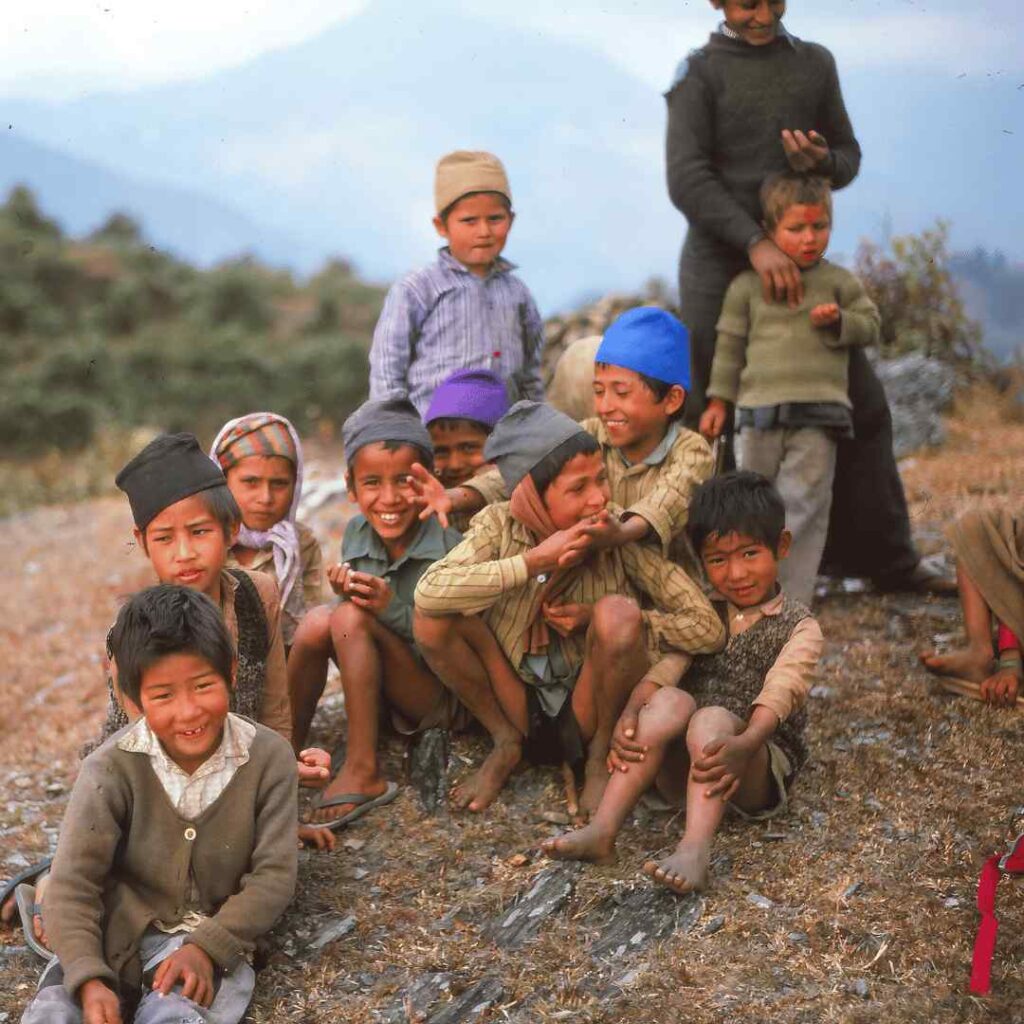
During your trek, you will have the privilege of interacting with Sherpa guides and porters who play a vital role in supporting trekkers. These experienced individuals not only navigate the rugged terrain with ease but also provide valuable insights into local customs and traditions. They are often multilingual, speaking English along with their native language.
Understanding Sherpa Culture
Understandings and getting to know the Sherpa culture is a way to learn about their way of life, traditional practices, and spiritual beliefs. You may have the chance to visit monasteries and witness religious ceremonies, such as prayer flag ceremonies or chanting by Buddhist monks.
The Sherpa community has made significant contributions to mountaineering history, acting as guides and support teams for numerous expeditions to Mt. Everest. Their knowledge of the mountains is unparalleled, making them invaluable companions on your trek.
Support for Local Economy
By supporting local businesses and hiring Sherpa guides and porters, you contribute directly to their economy and ensure sustainable tourism practices.
As you journey through the Everest region, take time to engage with the local people, listen to their stories, and appreciate their resilience in living amidst such challenging conditions.
In conclusion, exploring the Everest region‘s culture and receiving support from the Sherpa community adds a meaningful layer to your trekking experience. It allows you to gain a deeper appreciation for the mountains and the people who call them home.
Note: The flight from Kathmandu to Lukla is subject to weather conditions, and delays or cancellations may occur. It is advisable to maintain flexibility in your travel plans and allow for additional time if necessary.
Conclusion
Final thoughts on understanding and managing the duration of the Everest Base Camp Trek, balancing personal goals with safety considerations.
- Understanding the factors affecting trek duration, such as altitude acclimatization, physical fitness levels, and unexpected events, is crucial for effective planning.
- Balancing personal goals with safety considerations is essential. While it’s natural to aim for a faster trek, prioritizing proper acclimatization and allowing flexibility for unforeseen circumstances is paramount.
- Encouragement to embark on this epic journey of a lifetime, well-prepared and equipped with the knowledge you’ve gained from this article. The Everest Base Camp Trek offers a remarkable opportunity to witness breathtaking landscapes and immerse yourself in the rich Sherpa culture. With thorough preparation and a clear understanding of the trek’s dynamics, you’ll be ready to embrace this extraordinary adventure.
You may also like:
Send an Enquiry
Error: Contact form not found.
© 2025 - Himalayan Trekking and Tours (P) Ltd. All Rights Reserved.


